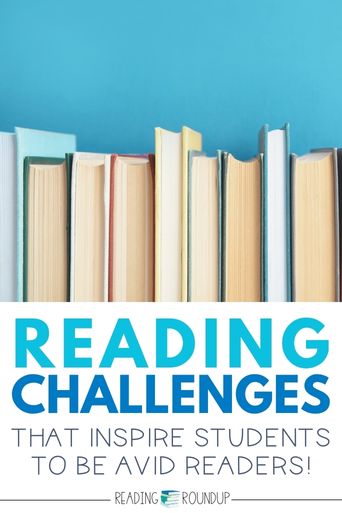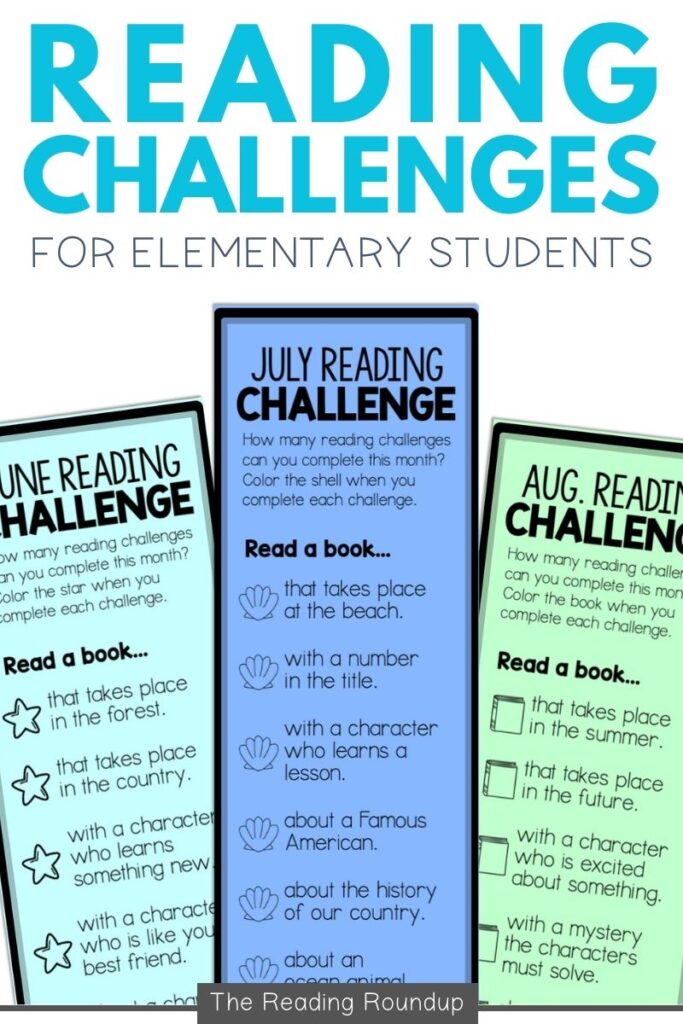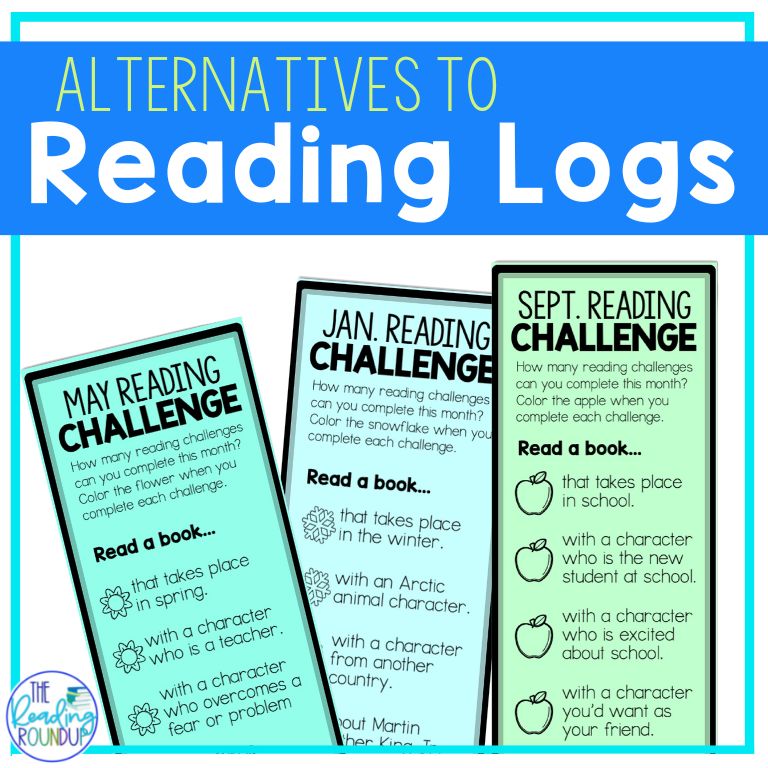
To make reading fun, educators and parents can create engaging reading challenges that will transform elementary students into avid readers who want to read more. In this blog post, we will explore some creative reading challenges for students that will introduce students to new texts, expand their horizons, and build excitement about reading.
What are Reading Challenges for Students?
Reading challenges are reading goals you aim to achieve over a certain amount of time. These goals can be related to time spent reading, the number of books, or the types of books read.

Benefits of Using Reading Challenges in the Classroom
You are already required to implement so many different instructional components in your classroom, so why would you want to add one more thing? The benefits of using reading challenges for students that go well beyond their academic gains.
Nurturing a Love of Reading
Whether a student is already an avid reader or a bit reluctant, reading challenges will inspire them to want to read even more. These fun challenges introduce students to new genres and types of texts to get them excited about reading. Sometimes all it takes is one book to get a student hooked!
Building Reading Proficiency
By encouraging elementary students to read regularly, they can develop essential literacy skills, such as vocabulary, comprehension, and critical thinking. The more they read, the more authentic practice they get with decoding and reading fluency.
Broadening Horizons
Reading challenges for students introduce them to a variety of genres, cultures, and perspectives. By exploring different worlds, historical periods, and characters through books, elementary students gain a broader understanding of the world around them. The exposure to diverse stories fosters empathy and compassion in our students.
Encouraging Parental Involvement
Reading challenges can be a fantastic way to involve families in their child’s literacy development. Parents can support reading habits at home by acting as role models and reading alongside their children or participating in book discussions with them.
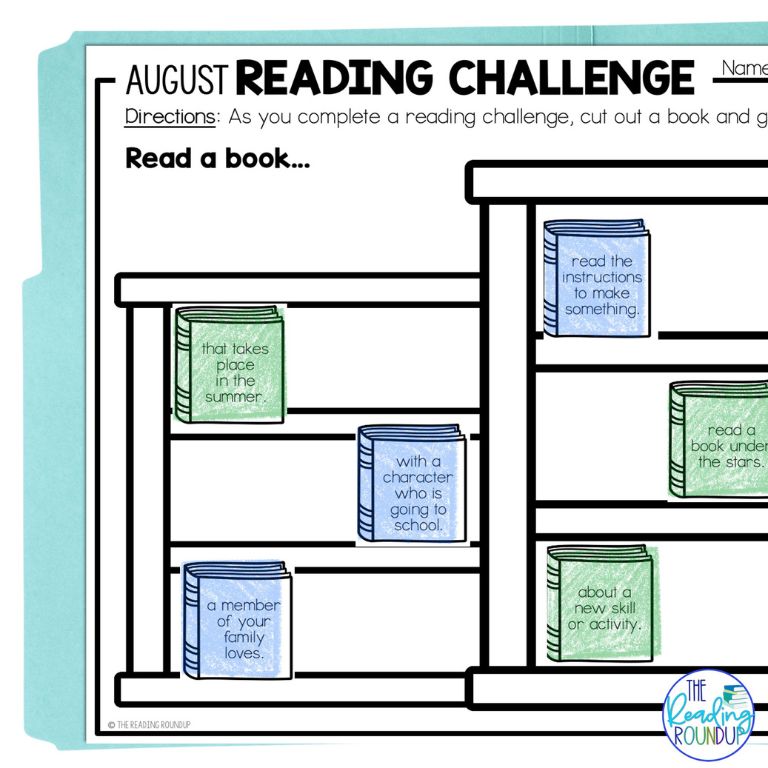

Types of Reading Challenges for Students
These ideas of reading challenges for students will help you determine what type of challenge you want to implement. Pick a format that will be engaging for your students!
- 30-Day Reading Challenge: Challenge students to see how many books they can read in a month. Or encourage them to read for a certain number of minutes every day that month.
- # of Books Challenge: Encourage your students to read a certain number of books. You can create a graph to track the number of books read or color in a book for each completed task.
- Reading Challenge Bingo: Create a bingo card with various reading challenge categories (see the comprehensive list of ideas below!)
- Class Bulletin Board: Display various challenges you want to accomplish each month. As they complete a reading task, students can add their name and/or a picture of the book they read to the bulletin board.
- Checklist or Trackers: Create a bookmark with a list of reading tasks or have students make their own. You can also make a bookmark with a certain number of circles for each challenge. Students can add a sticker or you can hole punch the card for each challenge they complete.
Reading Challenge Categories
Once you decide on the format of your challenge, you can add reading challenge categories. These prompts let students know which tasks you want them to accomplish.
- Authentic Reading: Reluctant readers may not want to read multiple books, so authentic texts are a better fit for them. Challenge them to read a candy wrapper, game directions, menu, card, or checklist.
- Author Study: Have students read multiple books by the same author.
- Characters: Introduce students to diverse characters. Possible reading challenge prompts: Read a book with a character who looks like you… is your age… is the new student at school… learns a lesson.
- Diverse Reads: Encourage students to read about people, cultures, and traditions that are different from themselves.
- Fun Challenges: These can be creative and engaging challenges to make reading fun. Some possible ideas: read with a flashlight, to a stuffed animal, while having a snack, or in a silly voice.
- Genres: Encourage students to read various genres (realistic fiction, biography, poetry, nonfiction).
- Monthly Themes: Students can read about holidays and/or heritages that are celebrated each month. It can also include fictional characters associated with the month (leprechauns, turkeys, etc).
- Nonfiction Topics: You can have students read several nonfiction books about a topic of their choice or one you’re learning about.
- Reading Locations: Instead of focusing on what students read, create fun challenges to determine where they read. Have them read in the bathtub, under a tree, or in a blanket fort.
- Settings: Challenge students to read books that have different settings such as in a forest, outer space, another country, the future, or a specific time in history.
- Types of Text: Encourage students to try new types of text. Some possible text types may be joke books, audiobooks, how-to books, cookbooks, or magazines.
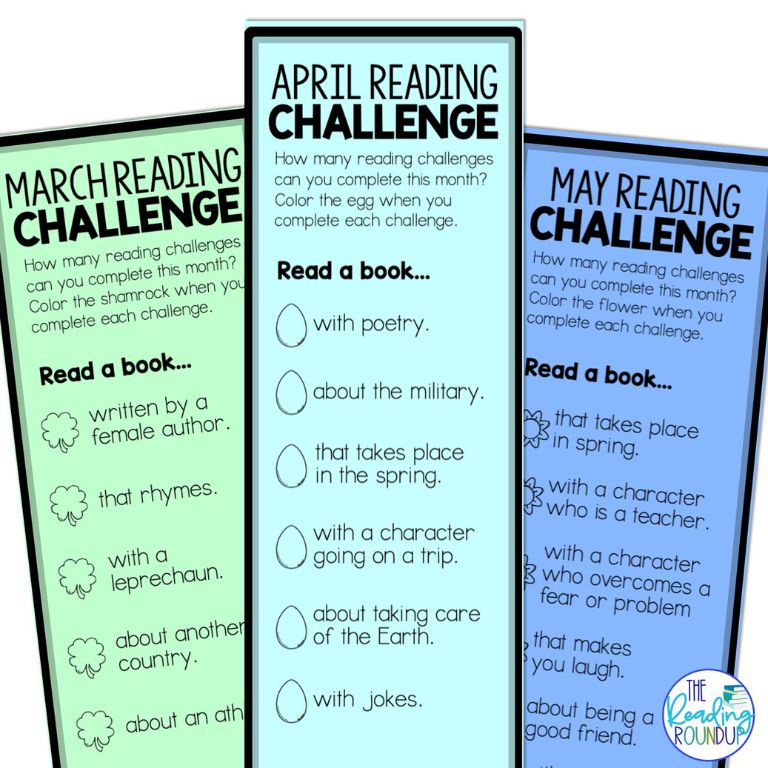

Monthly Reading Challenges
You can create printable reading challenges for students to complete each month. Decide how many challenges you want students to finish. Select a different category to focus on each month or choose a task from each category for more variety.
You can create your own template to fill in the prompts each month. Or save yourself some time with these monthly reading challenges for students that are already done for you!

Rewards and Incentives for Challenge Completion
In an ideal world, reading new books would be rewarding enough for your students. But we know some students require extrinsic motivation to get them reading. Decide what incentives you want to offer students when they achieve their reading goals. The possibilities are endless but here are a few to get you started:
Tangible Rewards:
- Bookmarks
- Stickers
- Pencils
- Books
- Mini erasers
Free Rewards:
- Extra recess
- Lunch bunch
- Dance party
- Teacher helper
- Pick your seat
Reading challenges for students are not just about completing a list of books; they are engaging activities that inspire a lifelong love for reading. Do you have additional reading challenge ideas to use in our classrooms? Share in the comments!

WANT TO PIN THIS FOR LATER?
